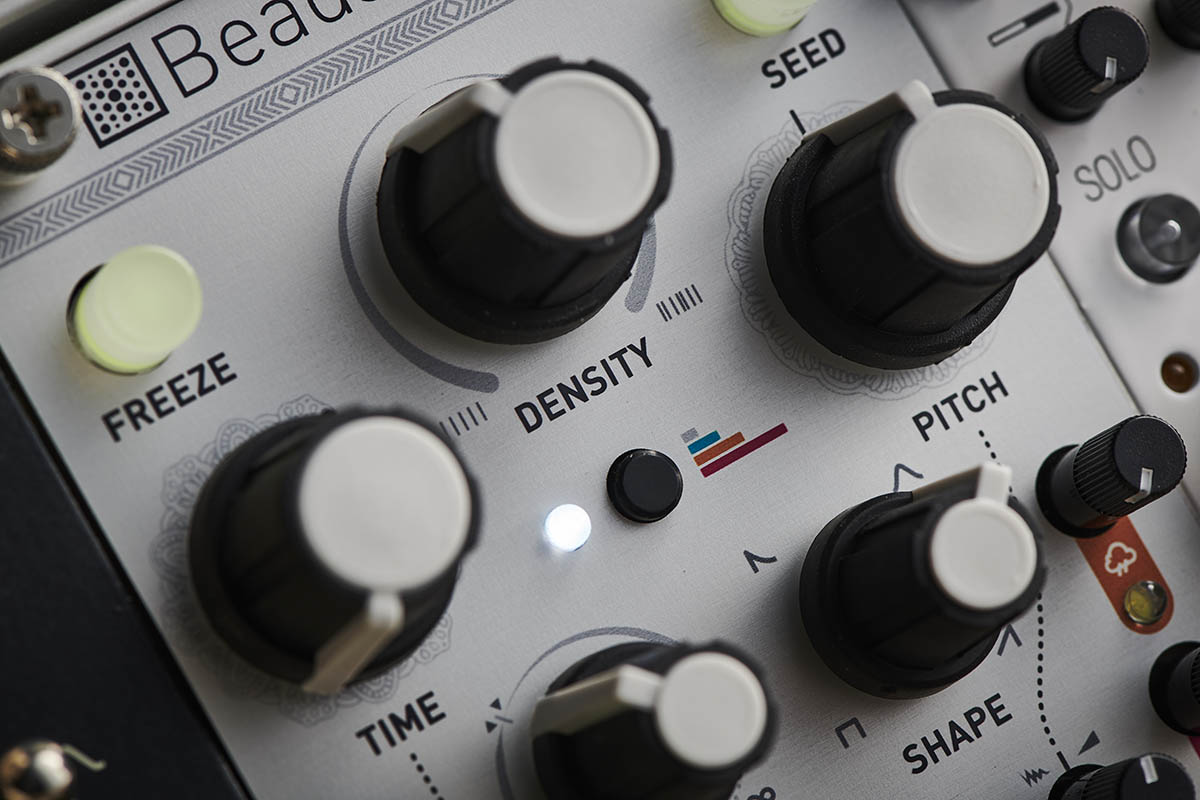What is granular synthesis? The ultimate beginner's guide
Go against the grain with sublime soundscapes and sonic textures in the latest edition of our ultimate beginner's guide to synthesis

Granular synthesis has samples at its heart. It uses the same principle used to power the time-stretching capabilities found in most DAWs by looping miniscule elements of an audio file, known as grains, allowing each to be sustained without altering the pitch.
Granular synthesis is, broadly, the opposite of wavetable synthesis – where a wavetable synth builds on the capabilities of a sampler by stacking multiple waveforms and morphing between them, granular synthesis breaks a sample into pieces, creating additional scope from a sampled sound by dividing it, not multiplying.
What granular and wavetable synthesis have in common is that both come to life with a little modulation and variation. In the case of granular synthesis, this usually involves modulating the position, length or pitch of grains to add variety to a patch.
The results created will, naturally, depend on the source material used, but with a sample with plenty of timbral variety, the results can be ethereal or glitchy. One common technique is to play back multiple grains of a source sample at once, creating a ‘grain cloud’ effect, so called because of the ‘fluffy’, ambient tones that can be achieved.
Randomisation is a common tool found in granular synths. Whereas wavetable synths tend to work best with smooth modulation that ‘morphs’ the sound from one table to another, granular synths can create ear-catching effects using both subtle and overt randomisation. This can be a great way to create sounds that change in an unpredictable and unusual manner.
When to use it
Granular synthesis is one of the most overtly digital approaches out there. In that sense, it excels at the creation of complex, otherworldly sounds that are a world away from the fuzzy warmth of analog.
As a sample-focussed approach, granular synthesis is heavily influenced by the source sound used. Most dedicated granular synths will come stocked with an appropriate library of source sounds, but we’d highly recommend exploring your own collection. Vocal samples are a staple source for granular experimentation.
Want all the hottest music and gear news, reviews, deals, features and more, direct to your inbox? Sign up here.
Try loading up an acapella (or short recording of your own voice) and experiment with creating droning, choir-like pads. Alternatively, as is a common approach in the modular realm, try using a granular tool to resample and deconstruct another instrument, such as a classic analogue synth or even a drum machine.
Great granular synths
Granular synthesis has found particular popularity with modular users, likely due to its usefulness for resampling existing sounds, plus how well it works with modulation sources and randomisation. Mutable Instruments’ Beads – a successor to their popular Clouds module – is one of the best granular Eurorack devices. Make Noise Morphagene and Qu-Bit Nebulae are excellent too.

On the plugin front, granular capabilities can be found in a host of popular plugins. Logic users can make use of the DAW’s stock synth Alchemy, while Live Suite owners can use the Max-powered Granulator II, and Reason users get the excellent Grain device. Arturia Pigments and Kilohearts Phase Plant both pack granular capabilities. For a dedicated instrument, meanwhile, check out Audio Damage’s Quanta.



Future Music is the number one magazine for today's producers. Packed with technique and technology we'll help you make great new music. All-access artist interviews, in-depth gear reviews, essential production tutorials and much more. Every marvellous monthly edition features reliable reviews of the latest and greatest hardware and software technology and techniques, unparalleled advice, in-depth interviews, sensational free samples and so much more to improve the experience and outcome of your music-making.
